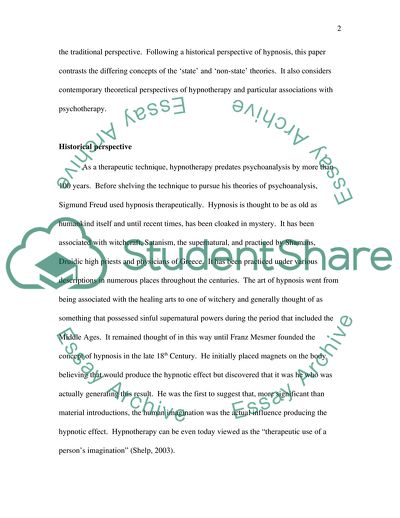Cite this document
(Hypnotherapy Term Paper Example | Topics and Well Written Essays - 3000 words, n.d.)
Hypnotherapy Term Paper Example | Topics and Well Written Essays - 3000 words. https://studentshare.org/psychology/1704278-hypnotherapy
Hypnotherapy Term Paper Example | Topics and Well Written Essays - 3000 words. https://studentshare.org/psychology/1704278-hypnotherapy
(Hypnotherapy Term Paper Example | Topics and Well Written Essays - 3000 Words)
Hypnotherapy Term Paper Example | Topics and Well Written Essays - 3000 Words. https://studentshare.org/psychology/1704278-hypnotherapy.
Hypnotherapy Term Paper Example | Topics and Well Written Essays - 3000 Words. https://studentshare.org/psychology/1704278-hypnotherapy.
“Hypnotherapy Term Paper Example | Topics and Well Written Essays - 3000 Words”. https://studentshare.org/psychology/1704278-hypnotherapy.


